Ph.D. Awarded (Jan – April 2021)
KIIT School of Applied Sciences
Ph D in Physics awarded to:
Sri Bhavesh Kumar Dadhich on 19/02/2021
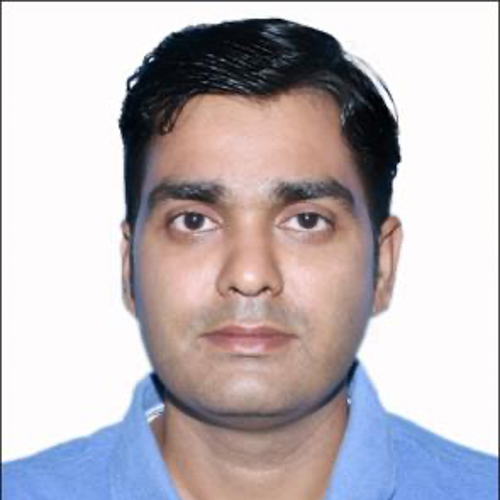
Supervisors: Dr. Bhavya Bhushan (Department of Physics, School of Applied Sciences, KIIT, Deemed to be University)
Co-supervisor: Dr. Amiya Priyam( Department of Chemistry, School of Physical and Chemical Sciences, Central University of South Bihar, Gaya
Thesis title: “Tunable Plasmonic Silver Nanocrystals: Synthesis, Linear and Non-Linear Optical Properties and Its Applications in Catalysis” Abstract: Soft chemical strategies developed to synthesize tunable plasmonic nanocrystals of silver involving citric and folic acid as surface-capping agents. Shape- and structure-directing ability of folic acid in nano-synthesis was investigated. Tailored plasmon resonances from Vis-to-NIR was studied by controlling shape: nanopyramids and nanoplates, and controlling structure: hollow spherical and cube-like nanoshells. Temporal evolution of such hollow nanoshells studied spectroscopically, by varying aspect ratio. With ultrafast lasers, enhanced optical transparency and non-linear optical properties observed. By subtle variation of SPR peak and molar extinction coefficient, the hollow nanostructures can harvest solar energy (Visible and NIR) through plasmonic dark- and solar-catalysis.
KIIT School of Biotechnology
Dr. Bijayananda Panigrahi

Supervisor: Dr. Dindyal Mandal, School of Biotechnology, KIIT
Thesis Title: Evaluation of Peptide Derived Nanocarriers in Nucleic Acids Delivery
In this study, cyclic peptide-based delivery systems have been developed and investigated toward the delivery of siRNA or oligonucleotides. Designed peptides form self assembled nanostructures which can carry greater number of biological macromolecules. The newly developed peptides were found to be efficient to deliver siRNA inside the cells and significant gene knock down was observed. The new delivery system efficiently delivers VEGF (Vascular Endothelial Growth Factor) which is known to inhibit VEGF-induced angiogenesis to suppress tumor progression. In order to develop cost-effective delivery systems peptide generated gold nanoparticles have been used to deliver siRNA.
Dr. Sefinew Bitew Molla
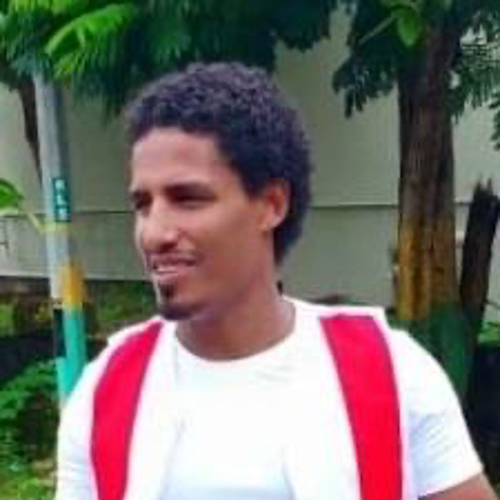
Supervisor: Dr. C.N. Kundu, School of Biotechnology, KIIT
Thesis Title: Study the Anticancer Potentiality of Bio-active Compound Curcumin in Combination with PARP Inhibitor Olaparib in Pre-Clinical Model of Oral Cancer
Oral squamous cell carcinoma (OSCC), a subtype of head and neck squamous cell carcinoma (HNSCC) is a major health burden and fatal ailment of mankind worldwide. There are diverse treatment strategies for oral cancer even though it is difficult to cure due to its variable natural behavior of this cancer. In spite of advancement in oral cancer diagnoses and therapies, having severe side effects the survival rate is not more than 5‑years. Although combination of PARP inhibitor with other chemotherapeutic agents was clinically approved to treat prostate cancer, but cytotoxicity, off-target effects of DNA damaging agents limit its applications in clinic. Hence, inhibition of PARP could be a better therapeutic approach in order to target the specific DNA repair pathway in cancer treatment.
Dr. Md Imran Khan

Supervisor: Dr. Amrita Mishra, School of Biotechnology, KIIT
Thesis Title: Evaluation of Antibacterial Mechanism of Biogenic Metal/Metal Oxide Nanocomposites and Investigation of its Therapeutic Opportunities in Wound Healing
Abstract: Infection and colonization due to antibiotic resistant bacteria in wounds is the emerging problem, which delay the healing process. Therefore, to conquer this challenge nanotechnology-based strategies have been demonstrated. In the present study, three kinds of nanocomposites (NCs) (Au@ZnO, Ag/CaO and Ag@ZnO) were fabricated using leaf extract of Hibiscus sabdariffa. These NCs have shown prominent antibacterial activity towards S. aureus. Additionally, in vivo wound healing potential of NCs encapsulated hydrogels was observed through the induction of immunological response. Developed materials found to be biocompatible and could be useful in the wound healing application under different pathophysiological conditions.
Dr. Sugandh Kumar

Co-Supervisor: Dr. Srinivas Patnaik, School of Biotechnology, KIIT
Thesis Title: Role of MicroRNA in Head and Neck Squmous Cell Carcinoma (HNSCC)
Abstract: In the current study, we have applied state of the art machine learning (ML) algorithms (Random Forest (RF), Support Vector Machine Radial Kernel (svmR), Adaptive Boost (AdaBoost), averaged Neural Network (avNNet), and Gradient Boosting Machine (GBM) to stratify the HNSCC patients in early and late clinical stages (TNM) and to predict the risk using miRNAs expression profiles. A six miRNA diagnostic signature was identified that can stratify patients in the early and late stages. Next, the prognostic signature of eight miRNAs was identified using LASSO (least absolute shrinkage and selection operator) penalized regression of differentially expressed miRNAs for risk score evaluations.
Dr. Kautilya Jena
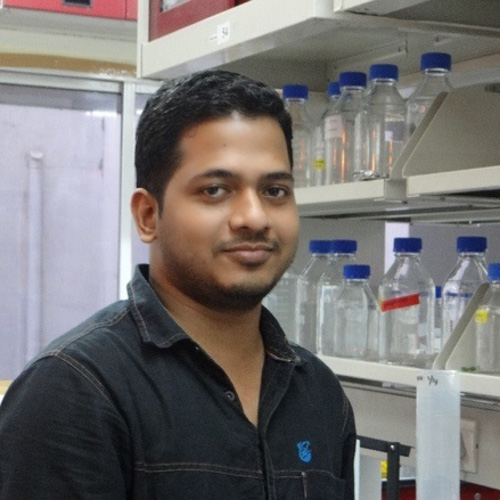
Co-Supervisor: Dr. Srinivas Patnaik, School of Biotechnology, KIIT
Thesis Title: Understanding the Molecular Mechanisms of Protein Aggregates Formation and Clearance
Abstract: In this thesis we show, TRIM16 facilitates protein aggregate formation by positively regulating the p62-NRF2 axis. Secondly, TRIM16 is an integral part of the p62-KEAP1- NRF2 complex and utilizes multiple mechanisms for stabilizing NRF2. Under oxidative and proteotoxic stress conditions, TRIM16 activates ubiquitin pathway genes and p62 via NRF2, leading to ubiquitination of misfolded proteins and formation of protein aggregates. We further show that TRIM16 acts as a scaffold protein and, by interacting with p62, ULK1, ATG16L1 and LC3B, facilitates autophagic degradation of protein aggregates. Thus, TRIM16 streamlines the process of stress-induced aggregate clearance and protects cells against oxidative/proteotoxic stress-induced toxicity in vitro and in vivo.
Dr. Sushil Kumar Rathore

Supervisor: Dr Bhagirathi Dwibedi, AIIMS Bhubaneswar
Thesis Title: A study on Neurotropic Viruses Causing Encephalitis in Children and Adults of Orissa.
Acute encephalitis syndrome (AES) is a serious public health problem and cause of AES in Odisha is unknown so a study was undertaken to identify the cause of AES and disease severity. Clinical samples were tested for IgM ELISA and PCR to identify the pathogen and viral etiology was reported in 345 (19.8%)wih HSV-1 being the commonest pathogen. HSV-1positive cases were investigated for SNP of NOS genes and ApoE gene which showed that these genes can affect pathogenesis of AES.GCS score, hospital stay and referral delay were cause of poor outcome. This study may help in treating patients having AES.
Dr. Ingole Kishor Dnyaneshwar

Supervisor: Dr. Saikat Bhattacharjee, RCB Faridabad.
Thesis Title: Insights into the Role of SUMOylation in Effector-Triggered Immunity (ETI) in Arabidopsis
Reversible covalent attachment of SMALL UBIQUITIN-LIKE MODIFIER (SUMO) on target proteins regulates diverse cellular processes. In Arabidopsis thaliana, mutants with perturbed SUMOylome shows impairments in growth and adaptations. The induction of Arabidopsis SUMO1/2-SUMOylation is demonstrated as a consequence of basal defenses during bacterial pathogenesis as well as in the autoimmune mutant srfr1-4. Using well-established defense responses elicited against PstDC3000, the crosstalks in individual and combinatorial sum mutants was studied. The SUM1/2 suppress basal and TNL-specific immunity via down-regulation of salicylic acid-dependent responses whereas SUM3 promotes these responses. Using LC-MS/MS proteomic approach, enhanced ‘SUMO1-SUMOylome’ of 261 candidate proteins have been identified during ETI responses.
Dr. Satish Kumar

Supervisor: Dr. Luna Goswami, School of Biotechnology, KIIT
Thesis Title : Application of Novel Polymeric Biomaterial for Health
In today’s world, demands of health care facility in respect to quality, cost and accessibility are much higher than before, mainly due to increasing life style and life expectancy. In this context, application of biomaterials has been extensively investigated. Regarding the development of new medical devices, researchers have focused on the synthesis and new techniques using novel biomaterials synthesized by new methodologies. In course of development of novel biomaterials intended for biomedical applications, such as in tissue engineering, prosthetic development, drug delivery, regenerative medicine, etc., natural polysaccharides-based biomaterials have attracted more attention due to their non-toxic nature and extracellular matrix like biomimicking nature. In this research work, plant-derived polysaccharides (Tamarind Kernel Powder and its chemically modified counterpart i.e., Carboxy Methyl Tamarind polysaccharide), microbial derived polysaccharides (Xanthan Gum) based biomaterials and polymer-capped nanoparticles has been extensively investigated for their potential role in bone tissue engineering and as antimicrobial agents.
Dr. Syed Mohd. Aamir Suhail,
Supervisor: Dr. Chittur V. Srikanth, Regional Centre for Biotechnology, Faridabad
Thesis Title : Studies on the Role of deSUMOylation in Intestinal Inflammation
Dr. Raniki Kumari
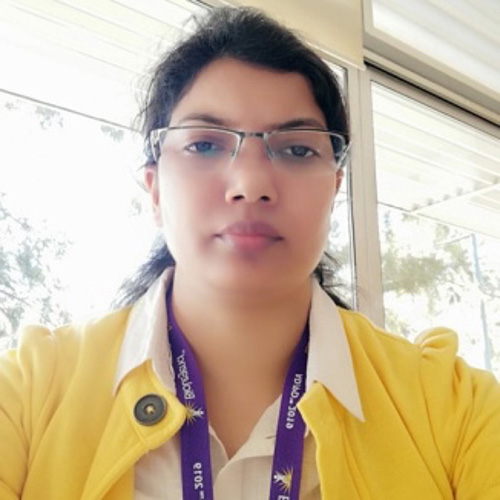
Supervisor: Dr. Tushar Kanti Maiti, Regional Centre for Biotechnology, Faridabad
Thesis Title: Role of OTUB1 in Neurodegenerative Diseases
Dr. Meha Shikhi

Supervisor and Co- Supervisor: Dr. Deepak T. Nair and Dr. Dinakar M. Salunke, Regional Centre for Biotechnology, Faridabad
Thesis Title: Structural Studies of Seed Proteins Towards Deciphering Physiological, Medicinal and Allergic Properties
Dr. Sanjay Pal
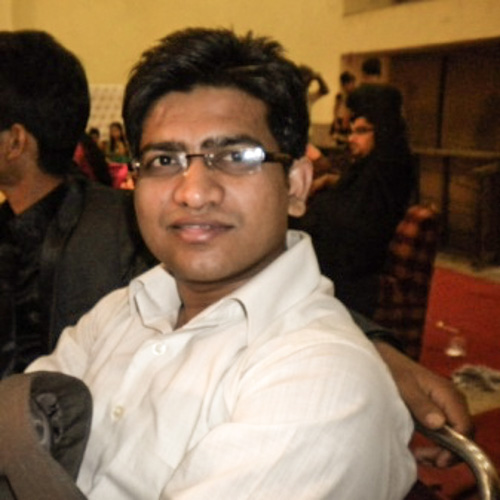
Supervisor: Dr. Avinash Bajaj, Regional Centre for Biotechnology, Faridabad
Thesis Title: Bile Acid-Derived Hydrogels for Sustained Delivery of Therapeutics to Combat Cancer and Infectious Diseases
Dr. Prakriti Sen

Supervisor: Dr. Niladri Ganguly, School of Biotechnology, KIIT
Thesis Title: Role of MicroRNA-214 in Chemo-Resistance/Sensitivity in Human Papillomavirus Mediated Cervical Cancer
In the thesis we evaluated for the first time that, miR-214 can modulate a number of genes having roles in metabolism, cell cycle, DNA repair, apoptosis, cell migration, transcription factors. From our transcriptomics study we identified different regulatory networks having altered patterns upon miR-214 overexpression and knockout in cervical cancer cells. The genes recognised from the transcriptomics study have a known role in other cancers; hence it’s likely that they might play a vital role in cervical cancer also. These genes could be used as putative biomarkers to characterize the disease prognosis in different stages and also for predisposition for future development of cervical cancer.
Dr. Geetanjali Ganguli
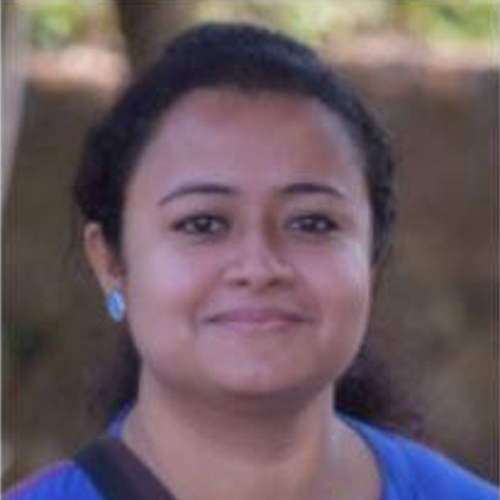
Thesis Title: To study Role of Mycobacterium tuberculosis Acetyltransferase in the Regulation of Oxidative Stress Responses in Macrophages
Supervisor: Prof. Dr. Avinash Sonawane, IIT Indore, India
Mtb survives inside the macrophages by employing several host immune evasion strategies. Mtb acetyltransferase, encoded by Rv3034c possess conserved acetyltransferase domain and subsequently contributed in the intrinsic resistance towards the known anti-TB drugs. Furthermore, Mtb Rv3034c induced peroxisome homeostasis to regulate host oxidative stress levels to facilitate infection. In order to maintain intracellular homeostasis during oxidative stress, Mtb Rv3034c was found to induce degradation of dysfunctional and damaged peroxisomes through activation of Pex14 in infected macrophages and downstream pexophagy pathway. Modulation of the related genes were found to be dependent on the phosphorylation of mTORC1 and activation of peroxisome proliferator activated receptor- . In conclusion, Mtb acetyltransferase regulate peroxisome homeostasis in response to intracellular redox levels to favour mycobacterial infection in macrophage.
KIIT School of Civil Engineering
PhD Degree Awarded (Provisional)
Dr. Swagato Das
Supervisor: Dr. Purna Chandra Saha, School of Civil Engineering
Thesis Title: Development and Application of Optimization Techniques for Damage Analysis of ASCE Benchmark Structure
Abstract:
The efficiency of a damage detection algorithm lies in its ability to detect and quantity the damage in a structure using minimum number of sensor data without compromising the accuracy. The performance of hybrid Wavelet based algorithm consisting of VMD and FDD have been investigated for damage analysis in ASCE Benchmark structure under heavy noise contaminated acceleration sensor data and it showed robustness against different kinds of noise and was insensitive to the sensor location. Different Swarm Intelligence (SI) based meta-heuristic optimization algorithms, Modified Socio Group Algorithm (MSGO) and a novel Pigeon Search Algorithm (PSA) developed and have been implemented for damage analysis in civil structures considering the stiffness based objective function. The performances of the algorithms proved to be a robust showing accurate damage analysis.


